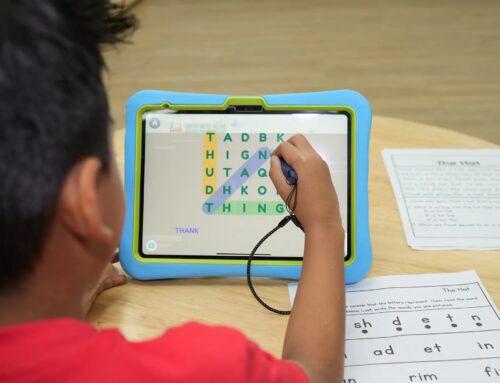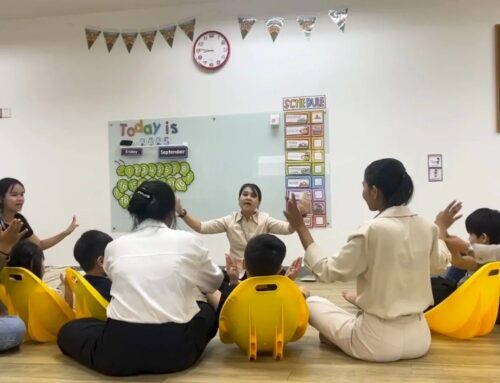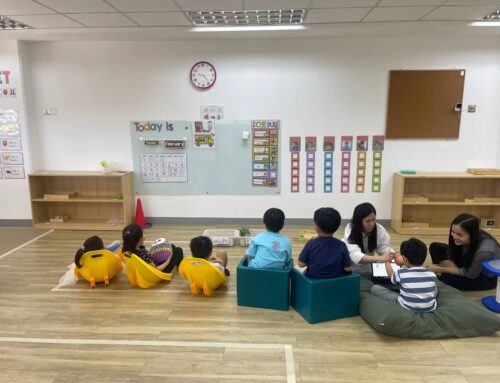Children with Down Syndrome often experience unique challenges in speech, language, and communication development. In Cambodia, more families are now recognizing the importance of early and consistent speech therapy to help their children express themselves clearly and confidently. At OrbRom Center in Phnom Penh, our therapists use evidence-based strategies tailored to each child’s needs, promoting meaningful progress both in and beyond the therapy room.
Understanding Speech and Language Challenges in Down Syndrome
Children with Down Syndrome typically experience differences in muscle tone, hearing, and cognitive processing—all of which can affect speech clarity, vocabulary, and social communication. These challenges often include:
-
Oral motor weakness, making it harder to form sounds and words.
-
Delayed language comprehension, leading to frustration or behavioral difficulties.
-
Difficulty coordinating breathing, voice, and articulation, impacting sentence fluency.
However, with structured support and early intervention, children with Down Syndrome can make remarkable progress in communication. This is where specialized speech therapy in Phnom Penh plays a vital role.
The Role of Speech Therapy in Building Communication Skills
Speech therapy for children with Down Syndrome focuses on improving both expressive (what a child says) and receptive (what a child understands) language skills. At OrbRom Center, our therapists use individualized programs that may include:
1. Oral Motor and Speech Sound Exercises
Many children benefit from activities that strengthen mouth, jaw, and tongue muscles. Using play-based tasks, blowing exercises, and facial movements, therapists help improve articulation and clarity of sounds. These activities build the foundation for clearer speech.
2. Language Expansion and Vocabulary Development
Children with Down Syndrome often understand more than they can express. Through modeling, repetition, and picture-based communication, therapists expand their ability to form sentences and express ideas. This approach is supported by our speech-language services designed for both children and young learners.
3. Visual and Multisensory Techniques
At OrbRom, we often integrate visual supports, gestures, and tactile cues into sessions. These tools enhance understanding and memory while making learning fun. For instance, using storybooks and visual aids helps children connect images with sounds and words—an approach proven to improve retention and engagement.
Building Confidence and Social Communication
Speech therapy doesn’t just target pronunciation—it builds confidence and social participation. Group sessions or play-based activities help children practice conversational turn-taking, greetings, and emotional expression.
Parents often notice improvements not only in speech but also in their child’s willingness to communicate at school or home.
Our therapists also guide families with home-based strategies, such as the techniques shared in Top 10 Speech Therapy Exercises You Can Try at Home. With consistent support, children begin to initiate communication more naturally and feel proud of their growing skills.
Early Intervention: The Key to Long-Term Success
Research and clinical experience show that early intervention is critical for children with Down Syndrome. Beginning speech therapy during preschool years—such as through OrbRom’s Preschool Program—can significantly boost both language comprehension and overall learning.
Combining speech therapy with occupational therapy and special needs intensive intervention offers a holistic approach that supports communication, attention, and daily living skills.
Parents in Phnom Penh and across Cambodia are encouraged to start speech therapy as early as possible, even before their child speaks their first word. Early communication milestones often lay the groundwork for academic success and positive social interaction.
Family Involvement: A Crucial Part of Progress
At OrbRom Center, we believe that parents and caregivers are partners in the therapy journey. Therapists provide practical guidance on how to encourage speech at home—through singing, reading, and interactive games.
Families who actively participate in therapy often see faster progress, as children generalize their new skills into everyday routines.
For example, one parent shared how her child began naming classroom objects after just a few weeks of targeted speech therapy sessions at OrbRom. These small victories often lead to major breakthroughs in confidence and communication.
Conclusion
For children with Down Syndrome, communication is the bridge to independence, learning, and social connection. Speech therapy plays an essential role in building that bridge—helping children express their thoughts, form relationships, and participate fully in school and community life.
At OrbRom Center in Phnom Penh, we provide compassionate, individualized therapy for children with Down Syndrome and other communication challenges. Through early assessment, family involvement, and ongoing support, every child can find their voice and thrive.






